Optimal Timing for Foundation Repairs
Foundation repairs are most effectively performed when environmental conditions are stable and predictable. The optimal time for repairs typically depends on local climate patterns, soil conditions, and the specific nature of the foundation issue. Conducting repairs during mild weather reduces the risk of delays caused by extreme cold, heat, or moisture fluctuations. In regions with significant seasonal changes, late spring or early fall often provide the best conditions for foundation work.
Spring offers moderate temperatures and less extreme weather, making it suitable for foundation work. Soil moisture levels are often ideal for excavation and stabilization.
While summer can be suitable in cooler regions, high temperatures and drought conditions may complicate foundation repairs in some areas.
Fall provides cooler weather and stable soil conditions, reducing the risk of weather-related delays during foundation repairs.
Cold temperatures and frozen ground can hinder excavation and curing processes, making winter less ideal for foundation repairs in many climates.
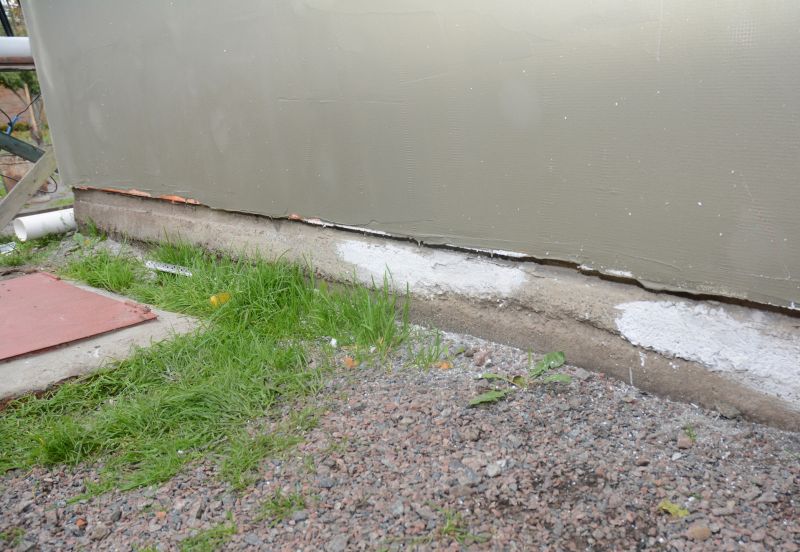
Visual assessment of foundation cracks and settling.
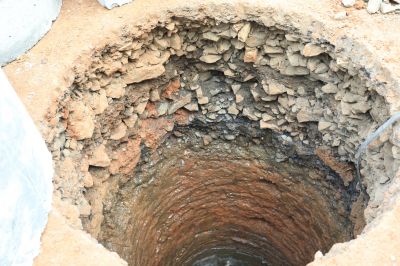
Techniques to improve soil bearing capacity before repairs.
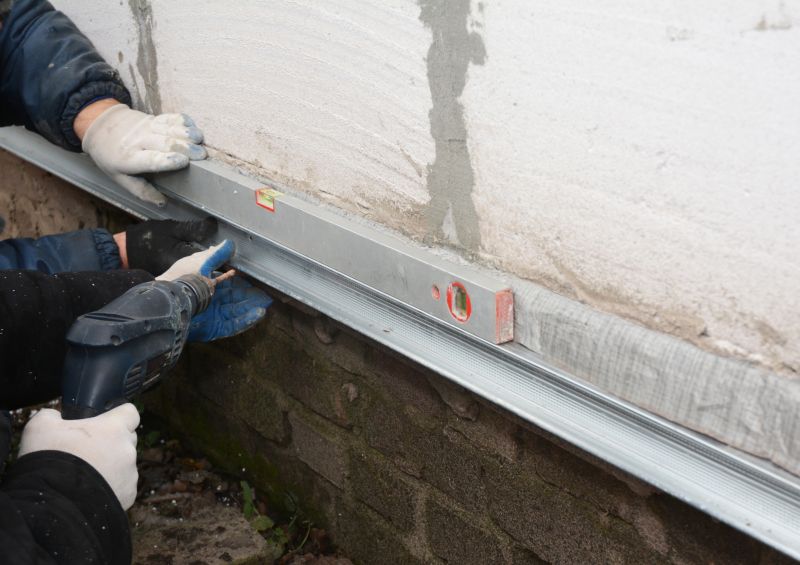
Installing piers to lift and stabilize the foundation.
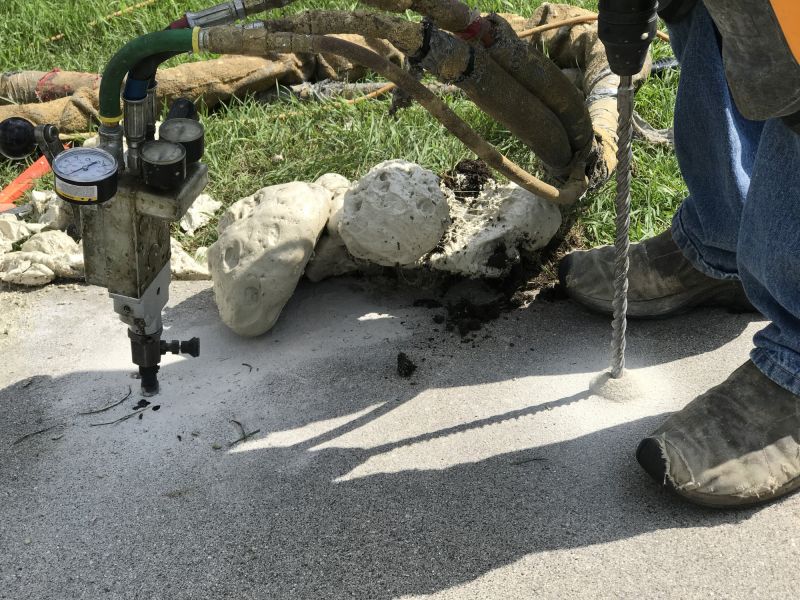
Raising sunken slabs with grout injection.
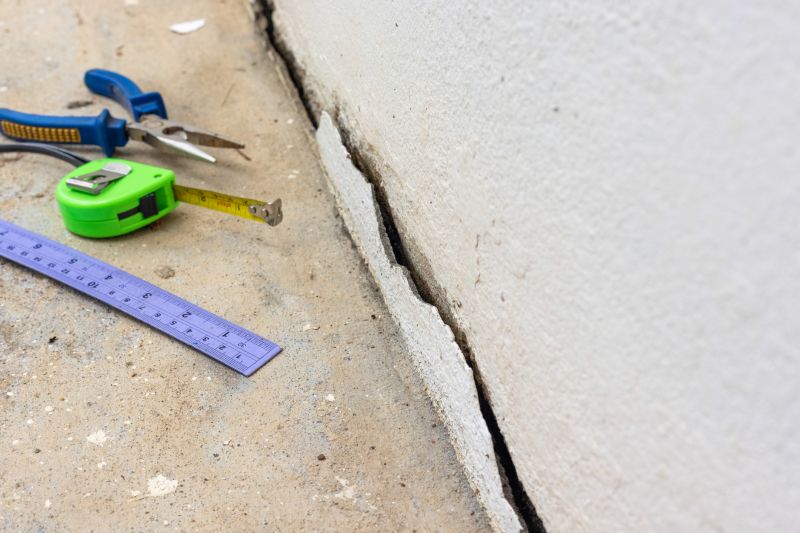
Sealing and reinforcing foundation cracks.
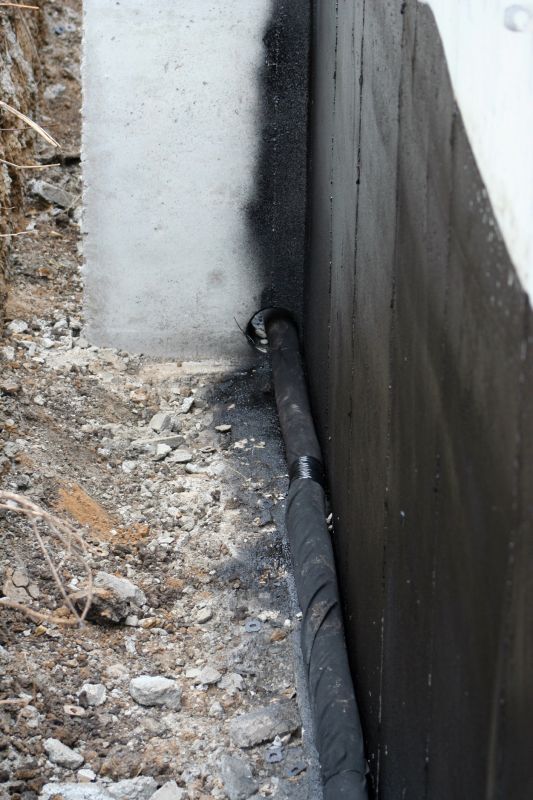
Improving water flow around the foundation.

Removing soil for access and repair.
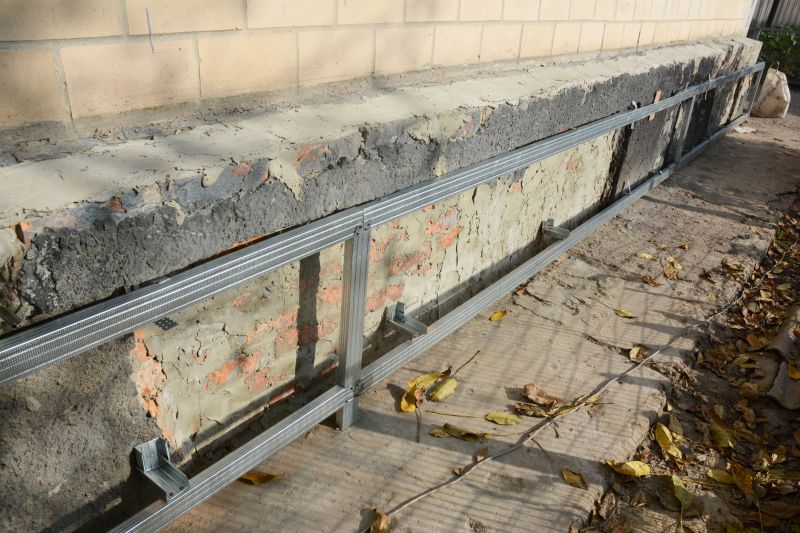
Ensuring stability and proper repair completion.
| Season | Suitability |
|---|---|
| Spring | Highly suitable due to moderate weather and soil conditions. |
| Summer | Suitable in cooler regions; caution needed in hot, dry areas. |
| Fall | Ideal for many regions due to stable weather and soil moisture. |
| Winter | Less suitable in cold climates due to frozen ground and weather delays. |
Statistics show that conducting foundation repairs during favorable weather conditions can extend the lifespan of the repair work and minimize additional costs. For example, repairs performed during optimal seasons tend to have a lower rate of reoccurrence and require fewer follow-up interventions. Understanding local climate patterns and soil behavior is essential for scheduling foundation work effectively.

Scheduling repairs based on seasonal weather patterns.
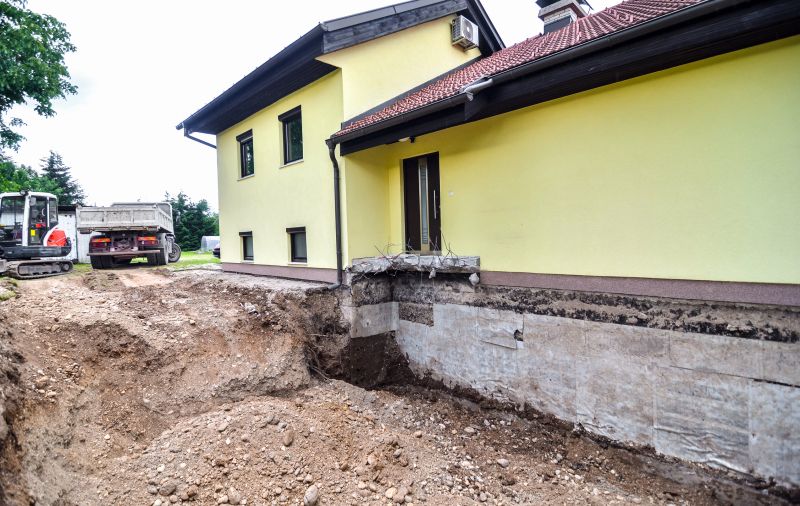
Assessing soil conditions before repair work.
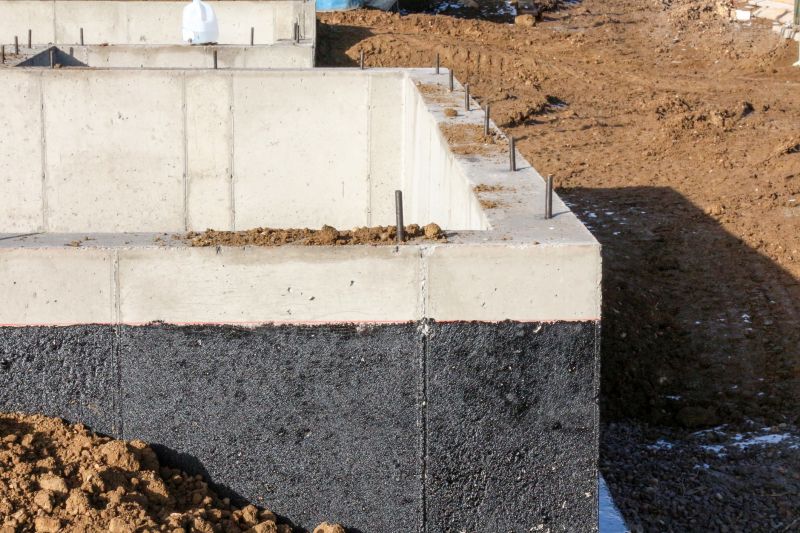
Proper techniques applied during ideal weather conditions.
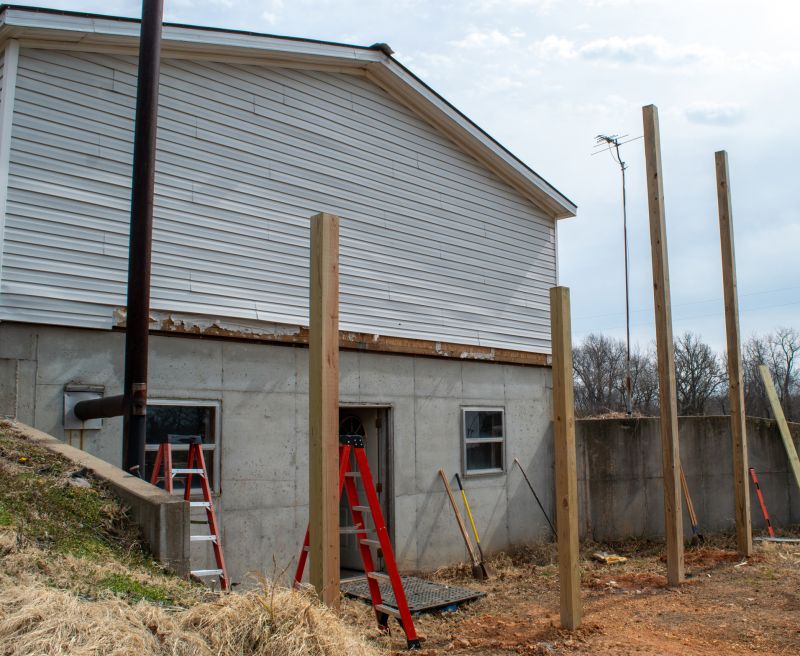
Ensuring stability after repairs are completed.
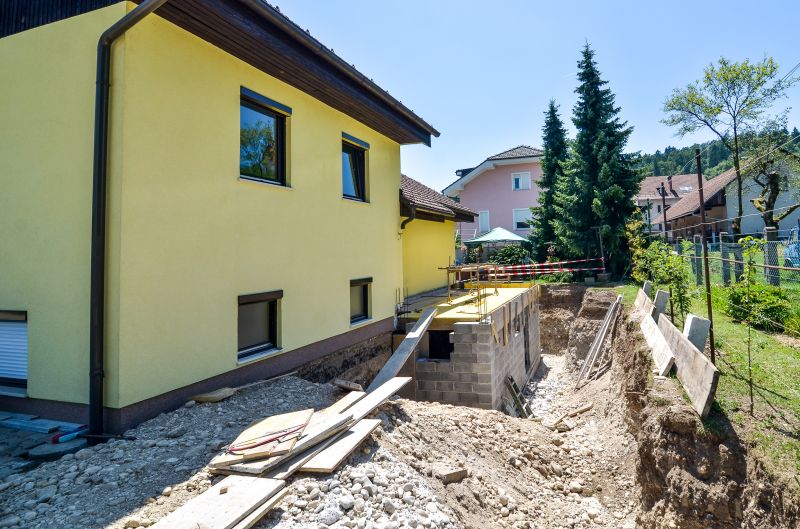
Minimizing weather-related delays and issues.
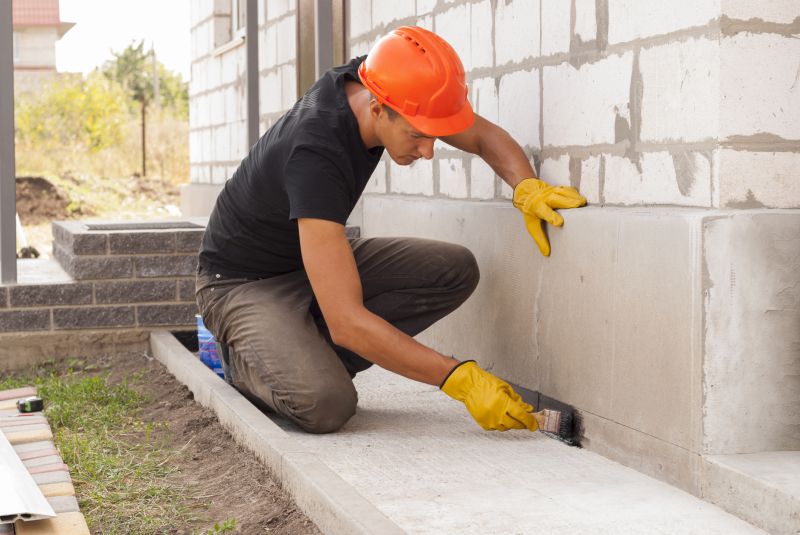
Adapting repair schedules to local climate patterns.
Interested property owners in Joliet, IL, can consider scheduling foundation repairs during the most suitable seasons to ensure the longevity and effectiveness of the work. Proper planning and timing can lead to better results, fewer disruptions, and reduced costs. For those contemplating foundation work, consulting with specialists to assess soil and weather conditions can provide valuable insights into the optimal timing for repairs.

